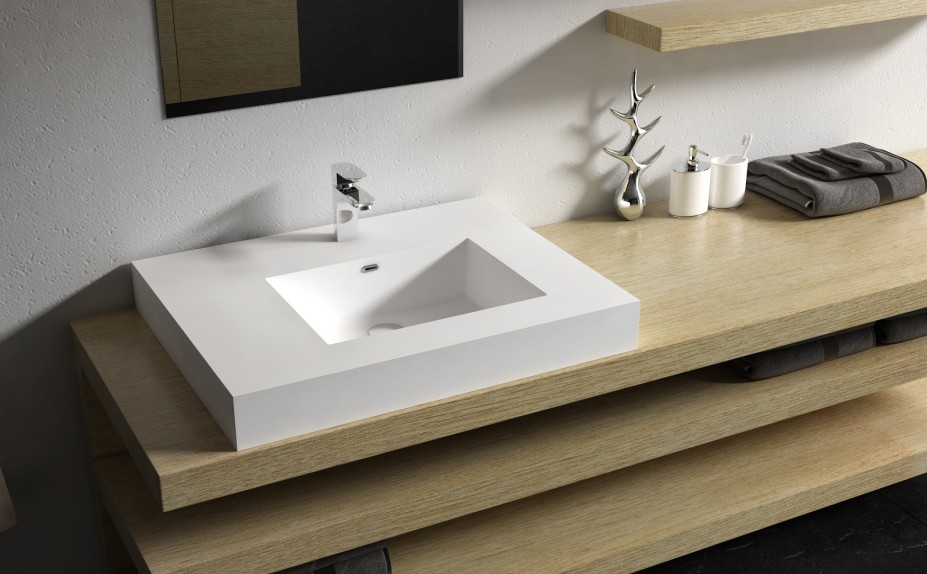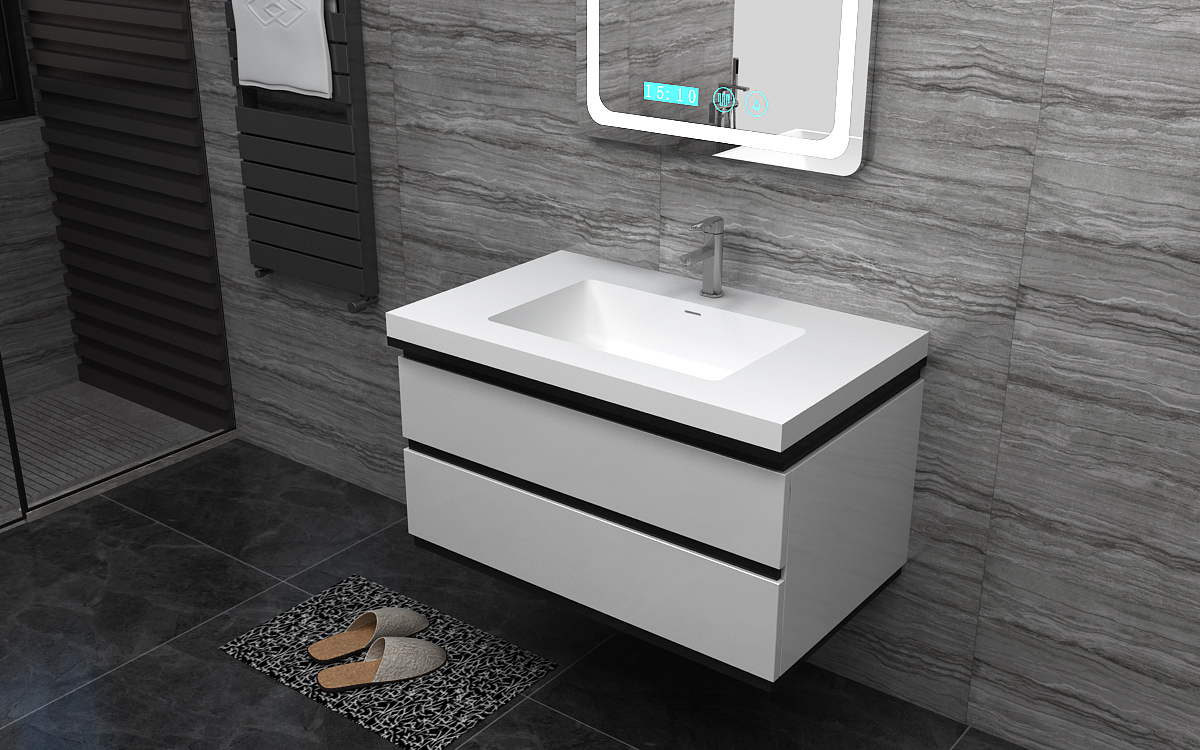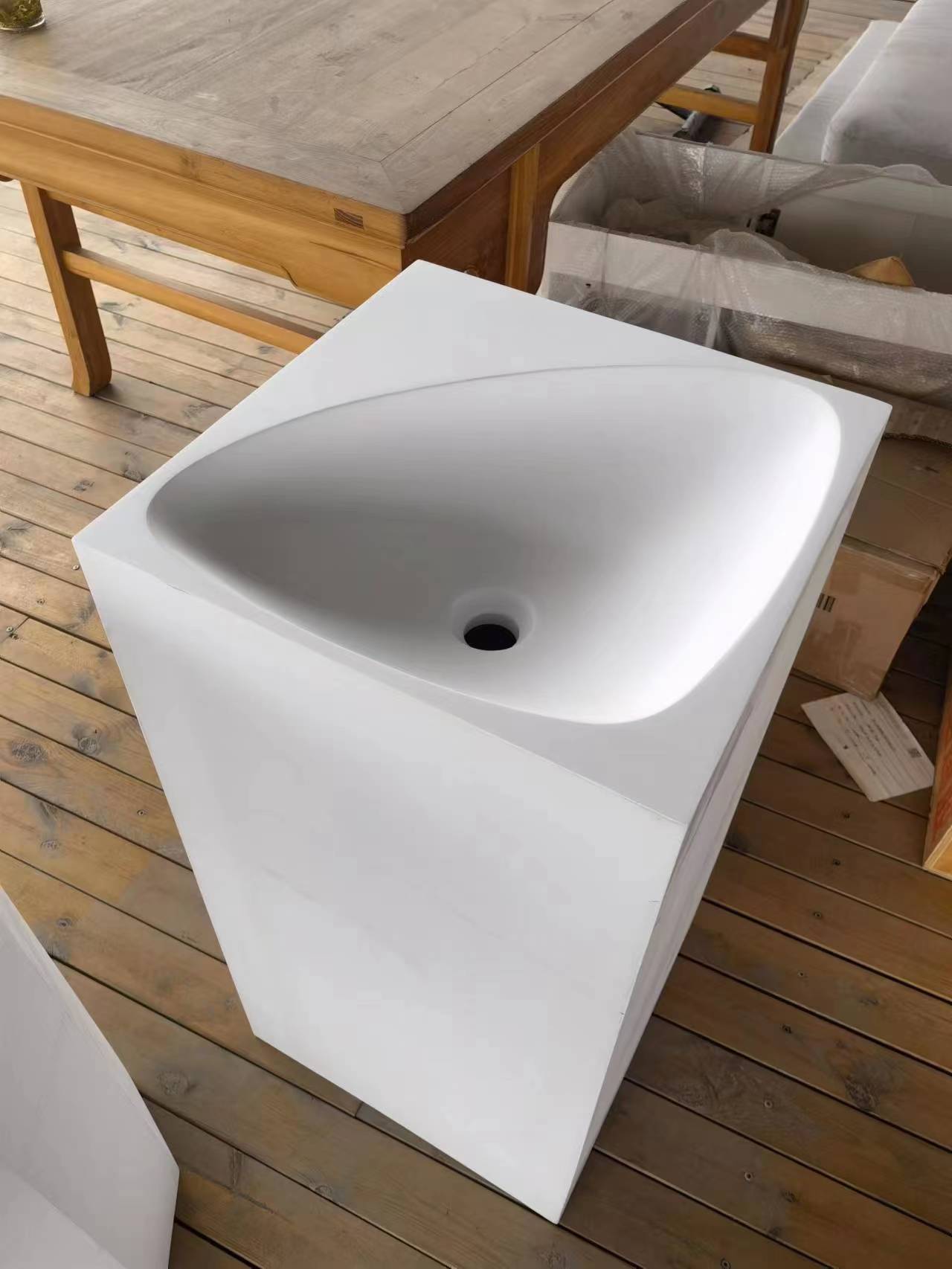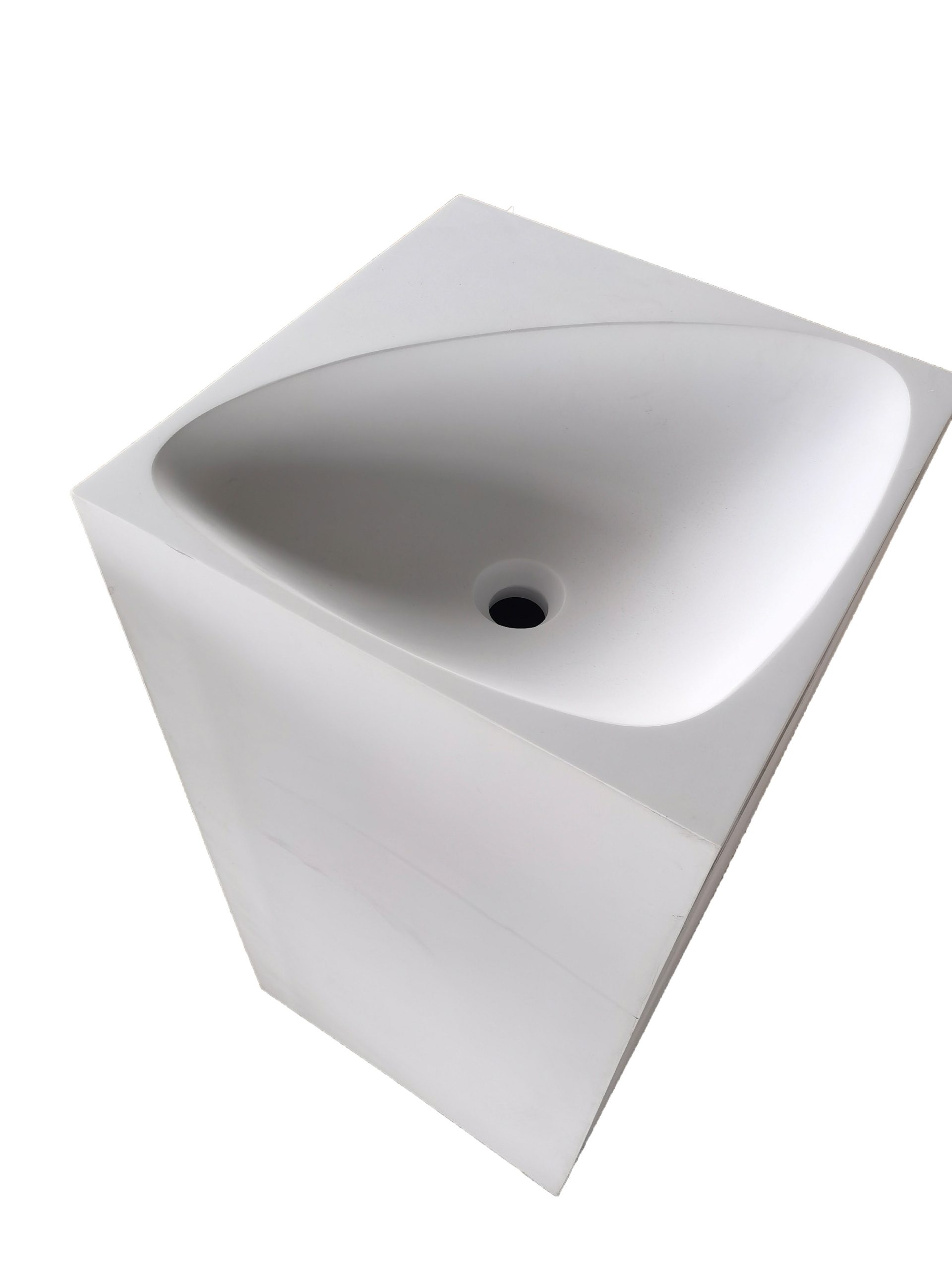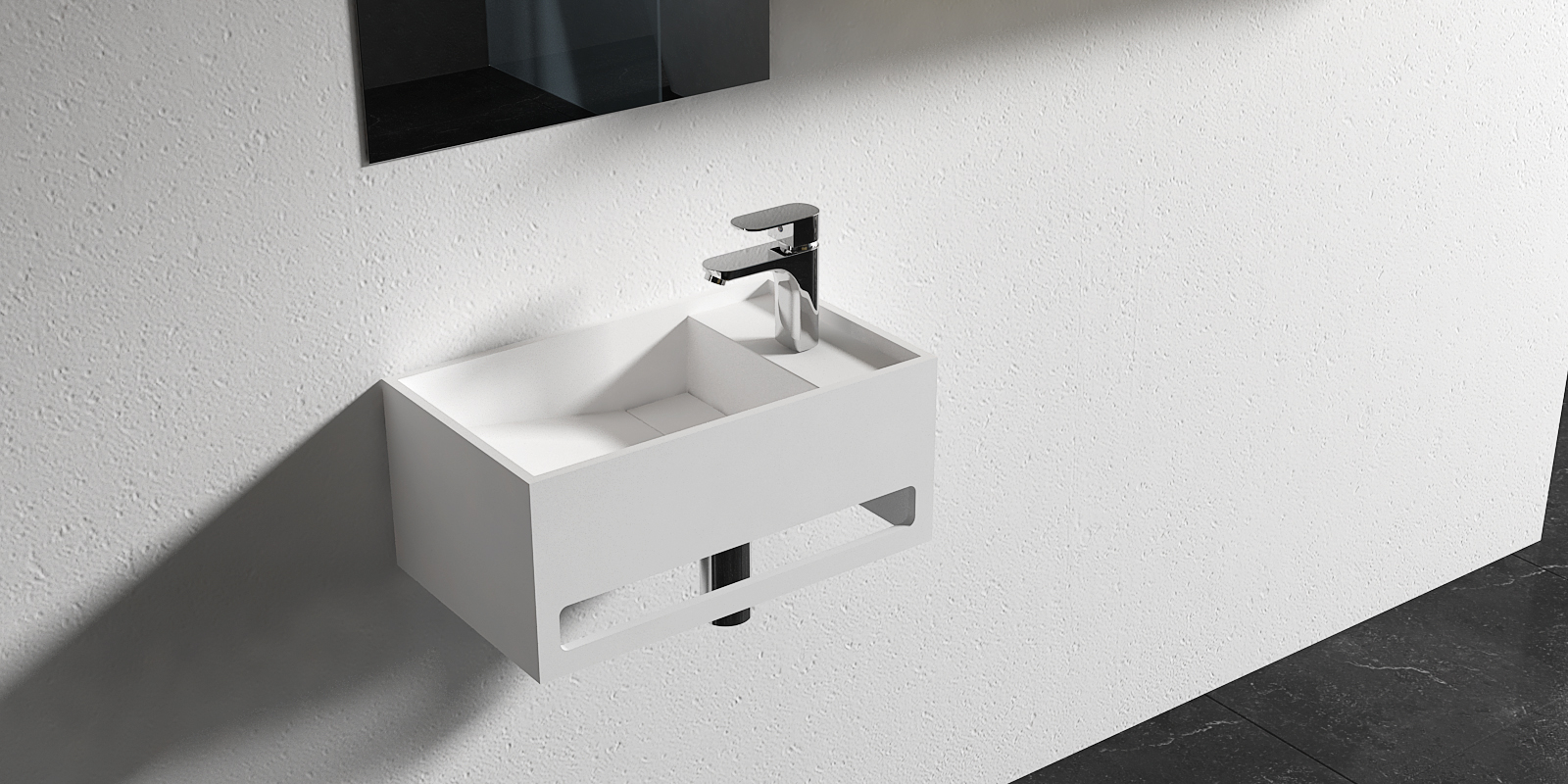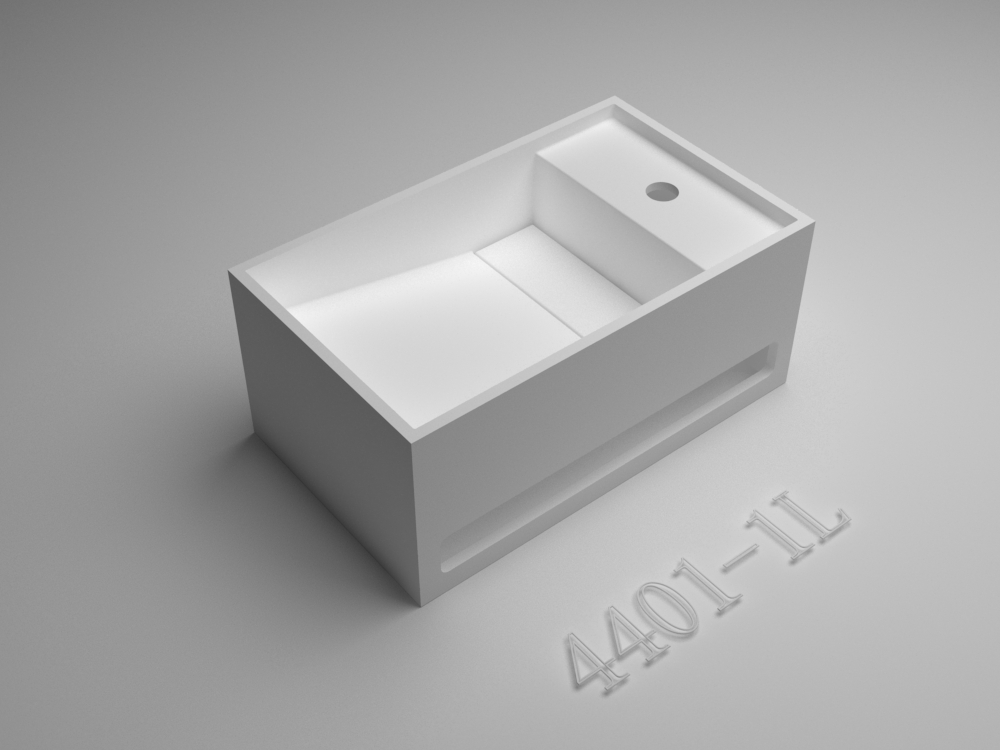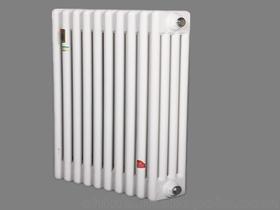
The north has heating, the south does not, because the north of the winter, is in the cold, really can be described as biting wind, if there is no heating, it is difficult to fall asleep.
Radiator radiator for the north is not strange, we installed in the room is the heating radiator, the heat carried by the heat medium transfer to the air in the room, to compensate for the heat consumption of the room, to maintain a certain air temperature in the room.
So how to choose the radiator? Below let the small series to take you to understand in detail. Radiator radiator purchase strategy generally, we can start from the following five aspects:
1. From the material point of view: good thermal conductivity, fast heat dissipation, high thermal efficiency, relatively energy saving.
The ranking of thermal conductivity of various materials is: copper, aluminum alloy, cast aluminum, steel, cast iron, stainless steel, plastic. In terms of thermal efficiency, copper is the best, aluminum is second, steel is good, and plastic is the worst.
2. From the perspective of production conditions: simple process, mechanization, high degree of automation, less energy consumption of products energy-saving.
Cast iron radiator production process is complex, the total energy consumption is high, steel radiator production process is simple, mechanization, high degree of automation, the total energy consumption is low, low cost.
3. From the metal thermal strength index: high energy saving.
The metal thermal strength is the heat lost by the metal per unit temperature per unit mass under the standard test conditions of the radiator. The unit is W/KG℃. It is a technical and economic index, reflecting the material saving and energy saving.
Different materials, forms of radiator metal thermal strength values are different, cast iron 0.3-0.4. Steel is above 0.8-1.0, aluminum is above 1-3, obviously, aluminum is the best, steel is second, cast iron is the worst.
4. From the take-over mode: good progress.
Sometimes the heat dissipation on both sides of the following will be reduced by 20%, now popular concentrated into the next out, in order to hide the pipe, the internal flow of the radiator for the upper and lower out, has little impact on the heat dissipation (about 5%).
Building maintenance structure insulation, doors and Windows good insulation indoor can use less radiator, energy saving. Installing a heat shield on the wall of the radiator can reduce the heat transfer loss of the wall and save energy.
5. From the surface coating of the radiator: the traditional silver powder paint will reduce the heat loss of about 10%, but the paint can improve the heat loss, energy saving.
Due to the different thermal expansion coefficient of the two kinds of metal, the thermal resistance of the composite surface increases, which will reduce the heat dissipation and is unfavorable to energy saving.
Internal anticorrosive coating has poor thermal conductivity, which affects heat dissipation and energy saving. The internal anticorrosive coating technology is complicated and the production environmental protection is poor. The coating may flake off during use, affecting the water quality of the heat medium.
Environmental protection is also one of the factors to consider, cast iron radiator production process is complex, poor production conditions, smoke and dust, environmental protection is poor. Plastic radiators can not be degraded after waste, and it is difficult to recycle, will pollute the environment.







